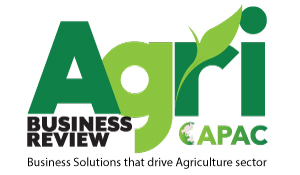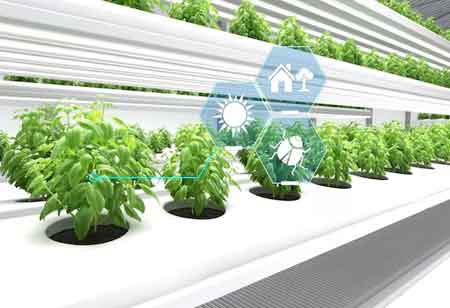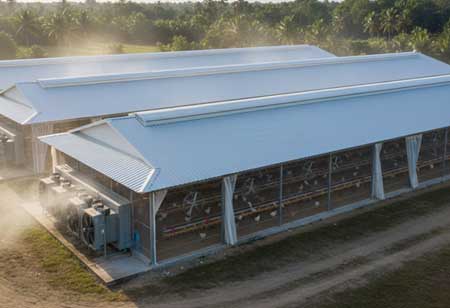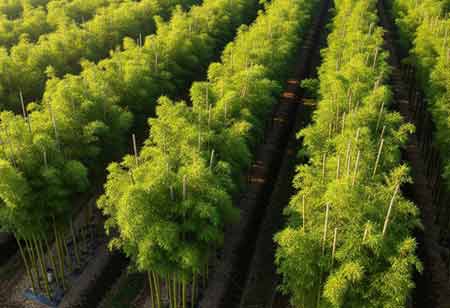Thank you for Subscribing to Agri Business Review Weekly Brief
Key Transformative Approaches in Agribusiness Industry
Covid-19 continues to impact the agribusiness industry, causing issues such as supermarket shortages on a global scale.
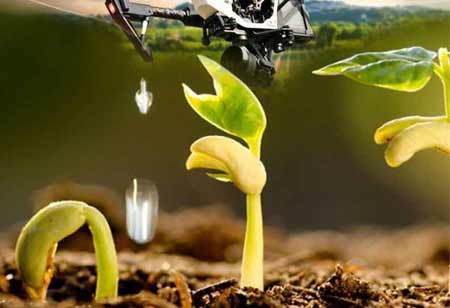
By
Agri Business Review | Wednesday, September 28, 2022
Stay ahead of the industry with exclusive feature stories on the top companies, expert insights and the latest news delivered straight to your inbox. Subscribe today.
Several transformative trends shaped the agribusiness industry, from robotics to waste reduction and sustainability in the post-pandemic era.
FREMONT, CA: Covid-19 continues to impact the agribusiness industry, causing issues such as supermarket shortages on a global scale. Simultaneously, consumers show a growing preference for adopting healthier lifestyles. The world also faces the challenge of feeding an ever-increasing population while addressing the climate crisis. All these hurdles have a significant role in the agribusiness industry. However, robotics and the internet of things (IoT) have been growing tremendously in recent months.
The role of robotics to Bolster Supply Chains
Food supply chain issues are a common problem across the world, especially with the intense effects of pandemics. The leading cause of challenges with food supply chains has been labour shortages due to the pandemic. As a result, the role of robotics in the agricultural supply chain rose to the centre stage and became a great agribusiness trend.
The year also witnessed massive growth in the global agricultural robot market size. Using agricultural robots helped farmers reduce inputs like pesticides, herbicides, and fertilisers, helping to increase agriculture’s sustainability. However, the UN food and agricultural organisation (FAO) reported that 90 per cent of farmers worldwide operate on a small scale, and this technology is likely to be accessible to this large group.
The Internet of Things and Improved Sustainability
Similar to robotics, the use of IoT technology promises to create agriculture and agricultural supply chains more efficiently and sustainably. The IoT market also observed drastic growth in the last year and is expected to reach 32.7 billion USD by 2027. There is a vast scope of IoT in agriculture, from drones used to monitor or spray crops to utilising smart greenhouses and smart sensors to elevate yields while minimising the resources used.
Alcohol-free and Low-alcohol Drinks
With drinks like hard seltzers increasingly growing on supermarket shelves, low-alcohol and no-alcohol drinks have become popular over the past few years. The low and no-alcohol market is projected to grow rapidly in the coming years. Even though alcoholic beverages are unlikely to disappear anytime soon, the market share of low-alcohol, non-alcoholic, and healthier beverages has determined potential agribusiness trends.
Waste Reduction and Sustainability
FAO has identified a coherent set of policies and investments in food production, handling, harvesting, packaging, storage, transportation, processing, and marketing to reduce food loss and waste. It is also one of the key policy areas to enable food supply chains to alleviate the costs of nutritious foods. Future-proofing global food supply chains to improve food system sustainability while addressing feeding challenges is a key factor on the agribusiness agenda.
